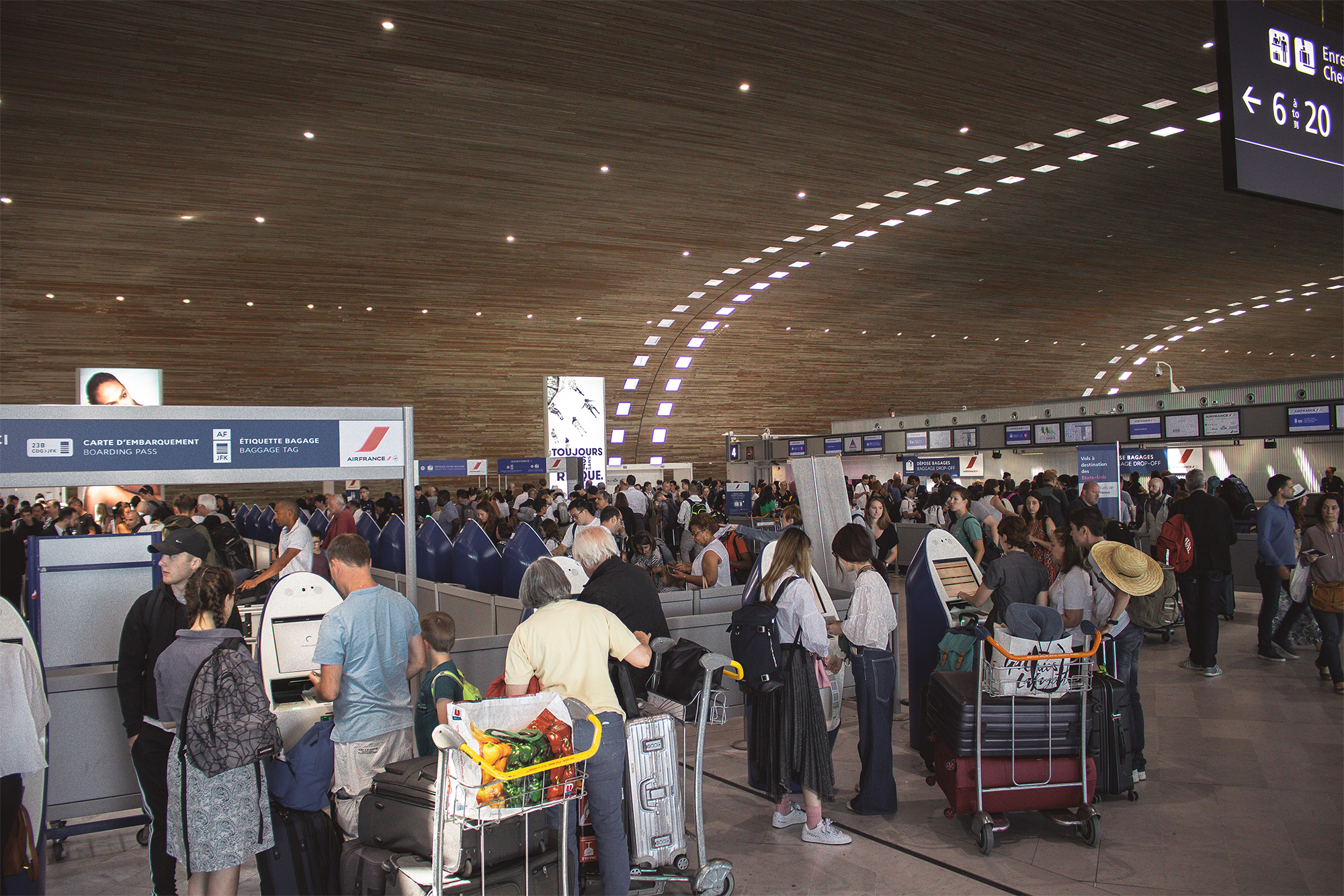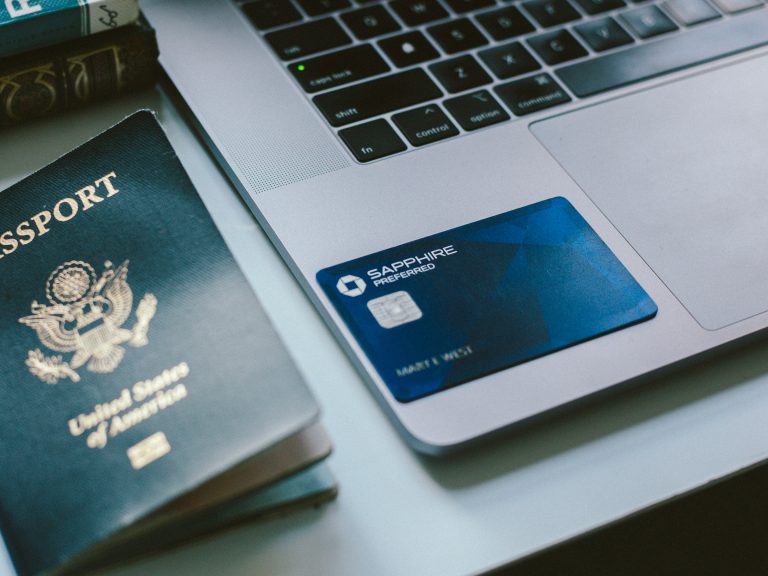What is a Redress Number? The Ultimate Guide + How To Get One
If you’ve ever been selected for additional security screening when traveling in the United States, you’re probably familiar with the process of obtaining a redress number. But what exactly is a redress number, and how do you get one?
Let’s look at what is a redress number, how this system works, and why it may be beneficial to have a redress number before your next US flight.
What is a Redress Number?
A redress number is a social security-style code issued to people who have been repeatedly mistaken for others with similar names. While it’s not a substitute for a work permit or green card, having one could help you prove that DHS has made an error—and that you’re eligible to stay in the US.
The first thing to know about redress numbers is that they’re completely voluntary and won’t be issued if your case involves deportation or exclusion orders (in other words, if you’ve already been told to leave. The second thing is that USCIS does not just issue them; some local law enforcement agencies also issue them as part of their internal databases of identifying information.
The redress number can help travelers frequently subjected to extra scrutiny due to their name or other factors. The DHS established the redress program to quickly identify travelers who have already been through additional screening so they can be removed from future enhanced security checks.
Who Issues Redress Numbers?
Redress numbers are issued by the Department of Homeland Security (DHS). DHS issues redress numbers to people wrongly identified as being on the No Fly List or as a threat to national security. It’s important to note that if you go through the redress process, you may still be placed on one of these lists.
However, it provides a key step for removing yourself from them if you believe that your name needs to be corrected.
As a general rule of thumb: whenever you doubt whether something will get you into trouble with any government entity, make sure your name isn’t listed anywhere!
Purpose of Redress Number
The purpose of a redress number is to help travelers quickly and efficiently identify themselves during security screenings. Instead of having to explain their story every time they go through security, they can provide their redress number to the TSA officer, and their background information will be quickly accessed. It is especially helpful if a passenger has been identified as a “person of interest,” as it can help to avoid unnecessary delays.
In short, we can say that if you’ve mistakenly placed on a watch list, this number will help you connect with DHS so they can review your case and either remove you from the list or confirm that there was no error made in putting you on it in the first place.
But only some believe this system is working as intended; some critics say it can lead to more confusion about whether someone should be flagged for further questioning at airports and other ports of entry.
Why Should I Get A Redress Number?
If you often find yourself being selected for additional airport screening, having a redress number can make your travel experience much smoother and more efficient.
To be more specific, the TSA recommends that you apply for a redress number if you have experienced problems such as being unable to print a boarding pass, being denied or delayed boarding of a plane, being denied or delayed entry into or exit from the United States at a border checkpoint, or being referred for additional screening at an airport regularly. With your redress number, the TSA will be able to quickly identify that you have already gone through extra security measures and should not need to be screened again. This could save you time going through airport security and ensure that your boarding pass is marked correctly so that future screenings go more smoothly.
How To Get A Redress Number
The redress process requires you to fill out forms and submit documents to DHS. The forms are available on the DHS website but must be filled out in English. You also have to ensure that your information is completely accurate, and keep in mind that every form can take up to six weeks to process.
You will need to provide personal information such as your name, address, date of birth, passport number if applicable, etc., and answer some questions about any past issues with airline security or customs screenings.
Once your application has been reviewed and approved, which usually only takes about five business days, you will receive an email containing your resolution letter and redress inquiry number, which can be used whenever booking flights in the US.
If you’re mailing your form, print it out and sign it. If you don’t have access to a scanner or printer, ask someone at your local library or copy shop if they can help with this step of the process instead. Then mail your completed form and copies of identification, such as an original passport photo page or a driver’s license photo page—and don’t forget those postage stamps!
If you think that your claim for redress was handled improperly, please make sure to follow the guidelines that were included in the letter that informed you of the result.
Documents Required
To apply, you must provide proof of identity that can verify your presence. Citizens of the United States are required to give a copy of the biographical page of an active and valid United States passport or if they do not have a passport, a copy of an active and valid government-issued picture identity card.
Those who are not citizens of the United States are required to present either a copy of the biographical page from a passport that has yet to expire or copies of one of numerous identifying documents granted by the United States government. Acceptable identification documents include:
- Passport.
- Card for travel on a passport.
- A valid license for driving.
- Identification card for the military.
- An identification card issued by the government.
- A certificate attesting to one’s citizenship.
Checklist Before You Apply for a Redress number
Before you get a redress number, consider the following points to check:
- You must be a US citizen or legal resident to apply for a redress number.
- You cannot apply for or receive redress if you are in the country illegally.
- You cannot get a redress number if you’ve been convicted of certain crimes, including murder and rape.
- If you have been deported or removed from the United States, you cannot legally get back into the country using a redress number.
What Happens After You Receive Your Redress Number?
If your application is approved and your redress number is issued, the next step is to use that number when booking flights or other travel arrangements. When booking these arrangements, include your redress number in the designated field like any other passenger ID number.
Also, keep track of your redress number, which can be handy for any traveling issues. Finally, if you ever need to replace a lost or stolen redress card, contact DHS TRIP again, and they will provide you with a new one at no cost!
Keep in mind, your Redress Number is a unique number and not related to your Known Traveler Number (KTN) issued for TSA PreCheck.
Additional Things to Know about Redress Number
Here are a few other important things you should know about redress numbers.
- You can’t get a redress number if you’ve been denied boarding or detained at airports or border crossings.
- If you believe that your rights as an air passenger have been violated, or if you’ve had an unpleasant experience with airport staff, it makes sense to apply for a redress number.
- Remember, just because you have a redress number doesn’t mean you won’t encounter issues at airport security or on your flight. So if you want to make sure everything goes smoothly and you don’t have any questions about your trip, check in with your airline ahead of time and get their help with anything they can do to help.
- The redress number is not a guarantee of being able to pass through airport security or board a plane. It is also not guaranteed that you will be allowed into the country.
- Having a different name from the one you were born with does not mean you’ll be automatically put on the TSA’s watchlist. The TSA can still put you on their watchlist if they think you’re a threat, even if you have a redress number. If this happens, the TSA has the authority to deny your access to the airport, no matter what your identification says.
It’s easy to see why having a redress number can be helpful if you’re frequently subjected to extra security screenings while traveling in the US. A redress number is an important tool for travelers mistakenly identified as a security risk.
By obtaining a redress number, travelers can help ensure that future security measures are not unnecessarily applied. If you need a redress number, contact the TSA and file a redress request as soon as possible.






